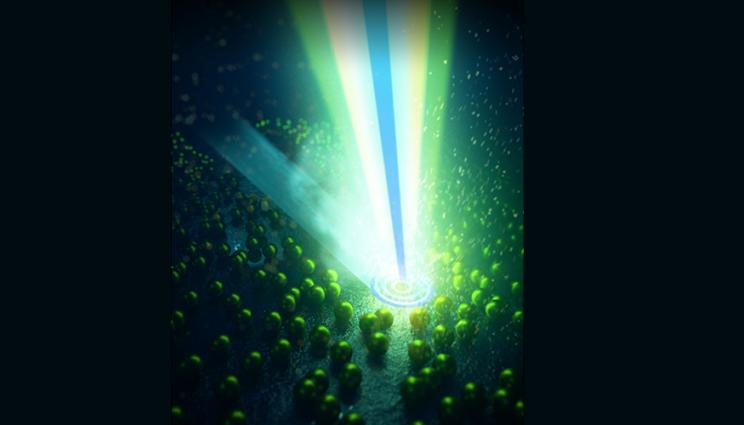Scientists at Lawrence Livermore National Laboratory (LLNL) have researched alternative shapes to the Gaussian beams commonly used in high-power laser printing 3D printing processes such as laser powder bed fusion (LPBF).
According to the institution, laser beams traditionally used in metal additive manufacturing (AM) can have drawbacks that can lead to defects and poor mechanical performance.
In tests, the researchers found that using Bessel beams, that have self-healing and non-diffraction properties, reduced the likelihood of pore formation and ‘keyholing’, a porosity-inducing phenomenon in LPBF exacerbated by the use of Gaussian beams.
LLNL researchers said the work indicates that alternative shapes such as Bessel beams could reduce the large thermal gradient and complex melt pool instabilities occurring where the laser meets the metal powder during LBPF. The issues are predominantly caused by Gaussian beam shapes that most off-the-shelf, high-power laser systems typically output, they said.
‘With a Bessel beam, the fact that we redistribute some of that energy away from the center means we can engineer thermal profiles and reduce thermal gradients to aid microstructural grain refinement and, ultimately, result in denser parts and smoother surfaces,’ said lead author and LLNL research scientist Dr Thej Tumkur Umanath.

Conventional beams are also prone to diffraction (spreading) as they propagate, while Bessel beams afford a greater depth of focus due to their non-diffractive properties. The researchers noted an increased tolerance to the placement of the workpiece with respect to the laser’s focal point using Bessel beams, according to Dr Umanath.
‘Bessel beams have been used extensively in imaging, microscopy and other optical applications for their non-diffractive and self-healing properties, but beam-shape engineering approaches are rather uncommon in laser-based manufacturing applications,’ Tumkur explained. ‘Our work addresses the seeming disconnect between optical physics and materials engineering in the metal additive manufacturing community by incorporating designer beam shapes to achieve control over melt pool dynamics.’
The LLNL team shaped the beams by running the laser through two conical lenses to produce a donut shape, before passing it through additional optics and a scanner to create ‘rings’ around the central beam. Installed in a commercial printing machine in LLNL’s Advanced Manufacturing Laboratory, the researchers used the experimental setup to print cubes and other shapes from stainless steel powder.
Through high-speed imaging, researchers studied the dynamics of the melt pool, observing a substantial reduction in melt pool turbulence and mitigation of spatter, which can lead to pore formation.
In mechanical studies and simulations, the team found that parts built with Bessel beams were denser, stronger and had more robust tensile properties than structures built with conventional Gaussian beams.
LLNL computer scientist Saad Khairallah used the LLNL-developed multiphysics code ALE3D to simulate the interaction of both Gaussian and Bessel beam laser shapes with single tracks of metal powder material. By comparing the resulting tracks, the team found the Bessel beam demonstrated improved thermal gradients over Gaussian beams, encouraging better microstructure formation. They also achieved better energy distribution with Bessel beams, avoiding the ‘hot spot’ generation found in Gaussian beams, which produce deep melt pools and form pores.
This story uses material from LLNL, with editorial changes made by Materials Today.



